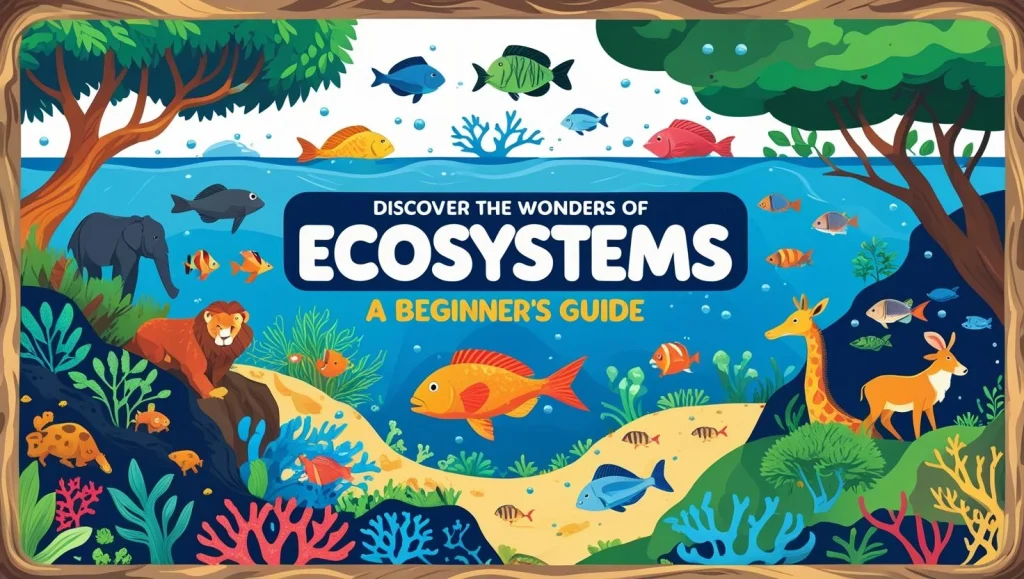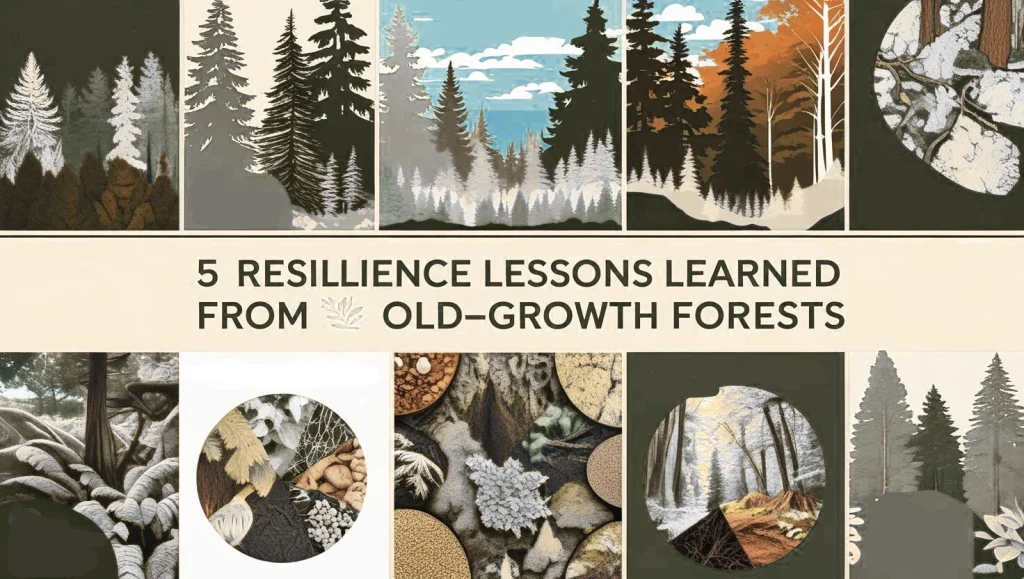Water Cycles 101: Why Healthy Watersheds Are Key to Sustainable Living
Water is the lifeblood of our planet, cycling through ecosystems in a delicate balance that sustains life. At the heart of this process are watersheds, areas of land where water collects and flows into rivers, lakes, or oceans. Understanding the water cycle, the role of watersheds, and how human activities impact them is essential for sustainable living. This article breaks down how water cycles work, explores the importance of watershed management, and offers practical tips for conserving water at home while addressing key questions about sustainable watersheds and their benefits.
How the Water Cycle Works
The water cycle, or hydrologic cycle, is nature’s way of recycling water. The process kicks off with evaporation, where solar heat converts surface water into invisible vapour. Plants contribute through transpiration, releasing water from their leaves. This vapour rises, cools, and condenses into clouds in a process called condensation. Precipitation occurs—whether rain, snow, or hail—when clouds reach the right atmospheric conditions. Water then flows across the land as runoff, collects in streams and rivers, or infiltrates the ground to replenish groundwater. The cycle repeats, ensuring water is available for ecosystems and human use.
Watersheds are critical to this cycle. They act like funnels, directing precipitation to water bodies or aquifers. Healthy watersheds, with intact forests, wetlands, and soils, regulate water flow, filter pollutants, and store water, maintaining the cycle’s balance. For example, forested watersheds in the Himalayas feed rivers like the Ganges, supporting millions of people.
The Impact of Human Activity on Watersheds
Human activities disrupt watersheds, threatening the water cycle and sustainability. Deforestation strips the land of trees that normally prevent soil erosion and control water runoff, making floods more likely. In India, deforestation in the Western Ghats has reduced water retention, impacting local rivers. Urbanization replaces permeable soil with concrete, increasing runoff and reducing groundwater recharge. Pollution from agriculture, industry, and households introduces chemicals like pesticides and plastics into watersheds, harming ecosystems and drinking water quality. Over-extraction of groundwater for irrigation or industry depletes aquifers, as seen in parts of Punjab, where groundwater levels have dropped significantly.
Climate change exacerbates these issues, altering precipitation patterns and increasing drought or flood risks. These disruptions compromise watersheds’ ability to regulate water, threatening food security, biodiversity, and access to clean water.
What Is a Sustainable Watershed?
A sustainable watershed is one that maintains its ecological functions while meeting human needs. It balances water availability, quality, and ecosystem health, ensuring long-term resilience. Key features include intact vegetation, clean water bodies, and minimal human-induced erosion or pollution. Sustainable watersheds support biodiversity, regulate water flow, and provide reliable water for communities, agriculture, and industry without depleting resources.
Watershed Management as a Key to Sustainable Development
Watershed management involves planning and implementing strategies to protect and restore watersheds, ensuring they support sustainable development. It aligns with goals like clean water access, food security, and climate resilience. By preserving watersheds, management efforts secure water for drinking, irrigation, and hydropower, while protecting ecosystems that provide services like carbon storage and flood control. For example, India’s National Watershed Development Project has restored degraded watersheds, improving agricultural yields and rural livelihoods.
Watershed management also mitigates climate change impacts by preserving wetlands and forests that act as carbon sinks and buffer extreme weather. It fosters community involvement, ensuring equitable access to water resources and reducing conflicts over scarcity.
Key Characteristics of Watershed Management
Effective watershed management has several defining characteristics that contribute to sustainable environmental and resource management:

- Holistic Approach: It considers the entire watershed—land, water, and ecosystems—as an interconnected system, addressing issues like pollution and erosion comprehensively.
- Community Participation: Local communities are involved in planning and implementation, ensuring solutions meet their needs and foster stewardship. For instance, village councils in Rajasthan manage rainwater harvesting to restore watersheds.
- Scientific Planning: Data on hydrology, soil, and land use guide decisions, such as where to plant trees or build check dams to reduce runoff.
- Restoration and Conservation: Efforts focus on reforesting degraded areas, protecting wetlands, and reducing pollution to restore ecosystem functions.
- Adaptive Management: Strategies evolve based on monitoring and feedback, addressing new challenges like climate change.
These characteristics ensure watersheds remain resilient, supporting water security, biodiversity, and sustainable livelihoods.
Why Maintain the Environment Around a Watershed?
The environment around a watershed—its forests, wetlands, and soils—acts as a natural infrastructure. Forests slow runoff and prevent erosion, wetlands filter pollutants and store water, and healthy soils absorb rainfall to recharge aquifers. Degrading these areas disrupts water flow and quality. For example, wetland loss in India’s Brahmaputra basin has increased flood risks. Maintaining this environment ensures watersheds can regulate water, support biodiversity, and provide clean water, reducing reliance on costly artificial systems like dams or treatment plants.
Example of a Sustainable Water Source
A sustainable water source is one that meets current needs without compromising future availability. An example is a protected spring in a forested watershed, like those in the Nilgiri Hills of India. These springs, fed by rainwater filtered through forest soils, provide clean, reliable water for communities. Protected by reforestation and pollution controls, they remain sustainable, unlike over-extracted groundwater wells that dry up.
Benefits of a Watershed
Sustainable development relies on healthy watersheds, which ensure clean and dependable water for drinking, farming, and industry. India’s Himalayan watersheds support 1.3 billion people.

- Flood and Drought Mitigation: By regulating water flow, watersheds reduce flood risks and store water for dry periods.
- Biodiversity Support: Watersheds host diverse species, from fish to birds, supporting pollination and pest control for agriculture.
- Climate Resilience: Forests and wetlands in watersheds store carbon, mitigating climate change and buffering extreme weather.
- Economic Value: Watersheds support livelihoods through fisheries, agriculture, and tourism. The Sundarbans mangrove region serves as a vital resource for communities engaged in fishing.
- Health Benefits: Clean water from healthy watersheds reduces waterborne diseases, improving public health.
Actionable Tips for Conserving Water at Home
Individuals can support healthy watersheds by conserving water and reducing pollution. Here are practical tips:
- Fix Leaks: A dripping faucet can waste 20 litres of water daily. Regular maintenance saves water and reduces strain on watersheds.
- Use Water-Saving Fixtures: Install water-efficient fixtures like low-flow showerheads and toilets to reduce your home’s water usage by as much as 50%.
- Harvest Rainwater: Collect rooftop rainwater in barrels or tanks to water gardens, reducing runoff and supporting groundwater recharge.
- Reduce Pollution: Use biodegradable cleaning products and avoid pouring chemicals down drains to protect watershed water quality.
- Plant Native Vegetation: Native plants in gardens require less water and prevent erosion, mimicking watershed ecosystems.
- Limit Water Waste: Turn off taps while brushing teeth and run full loads in washing machines to conserve water.
- Support Conservation: Advocate for local watershed protection policies or join community clean-up efforts.
Applying Watershed Wisdom to Sustainable Living
Healthy watersheds are the backbone of sustainable living, ensuring water security, ecosystem health, and climate resilience. By understanding the water cycle and the impacts of human activity, we can make informed choices to protect these vital systems. Watershed management, with its holistic and community-driven approach, offers a blueprint for balancing human needs with environmental health. At home, simple actions like conserving water and reducing pollution contribute to watershed sustainability.
Initiatives like India’s watershed restoration projects show the power of collective action. Globally, protecting watersheds like the Amazon or Mekong ensures water for billions. By learning from watersheds’ natural resilience and applying their principles, we can build a future where water—and life—thrive in balance.
FAQs
Why is a healthy watershed important for local economies?
A healthy watershed is important for local economies because it supports clean water supply, boosts agriculture productivity, promotes tourism and recreation, enhances property values, and sustains fisheries and wildlife. Healthy watersheds reduce flood risks and minimize costs associated with water treatment and disaster recovery, contributing to overall economic stability and growth.
What makes a good watershed?
A good watershed has well-defined boundaries, diverse vegetation, effective land use management, healthy soil, proper hydrology, and minimal pollution. It supports biodiversity and maintains water quality while providing natural habitats and resources for wildlife and communities.
Why are watersheds so important?
Watersheds are important because they collect and channel water, supporting ecosystems, providing drinking water, facilitating agriculture, and managing floods. They help maintain water quality and biodiversity, making them crucial for environmental health and human needs.
What is the concept of a watershed?
A watershed is an area of land where all the water that falls within it drains into a common body of water, such as a river, lake, or ocean. It encompasses all the land that contributes to the flow of water, including streams, rivers, and groundwater. Watersheds play a crucial role in managing water resources and environmental health.
What is the main aim of a watershed?
The main aim of a watershed is to collect and manage water from precipitation, directing it into streams, rivers, and lakes while supporting ecosystems and providing water resources for human use.

